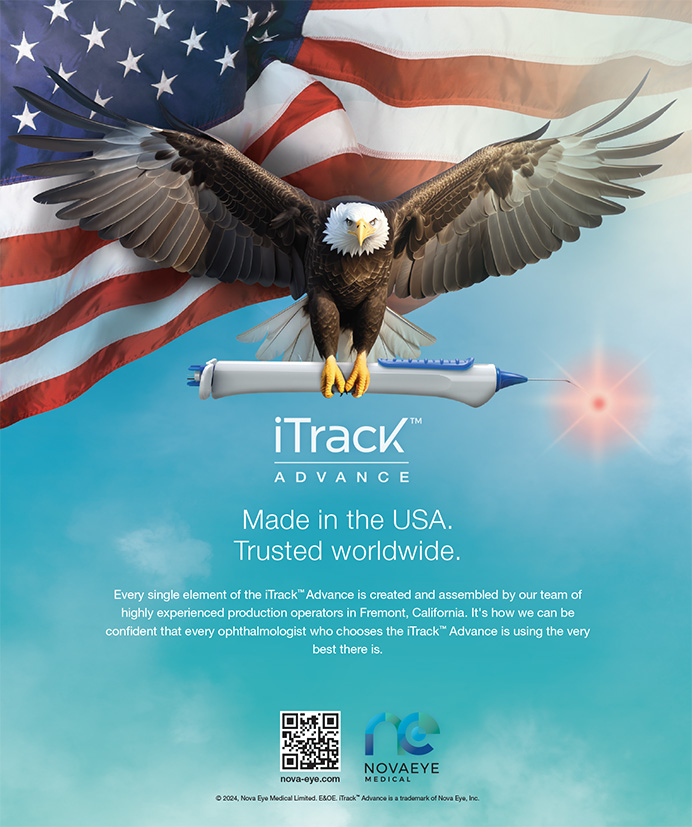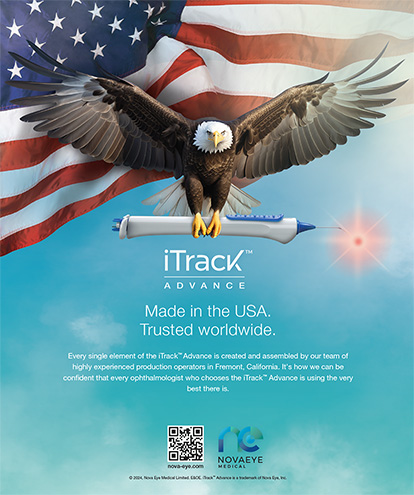Some of you may recall a TV persona named Susan Powter from the early 1990s. She was memorable for two things: her uniquely coiffed hairdo (she had shaved her hair to stubble and bleached what was left to a platinum color) and the way she screamed, "Stop the insanity!" while pushing her weight-loss videos. There are times when I wish Susan Powter would visit our world of refractive surgery and scream her trademark line to get everybody's attention.
It's been said that insanity can be defined as doing the same thing repeatedly and expecting different results. I'd like to review several areas of refractive surgery that I feel fit that description.
SCHEDULING
A doctor's schedule should be the playbook for the ophthalmic practice every day. More commonly, however, this schedule is mismanaged to the point of creating chaos for both the staff and patients. Often, doctors' schedules suffer from poor basic design, including the 15-minute increment (5 minutes is a better reflection of reality) or separate schedules for clinical examinations, surgery, and social activity that create room for errors such as double-bookings. There are sophisticated solutions to scheduling problems such as the software Precision Scheduler (Precision Software, Inc., Atlanta, GA) and modified wave scheduling that are designed to keep the clinical practice running on time. Although these tools are useful, here's a more basic concept that will improve customers' satisfaction: if a patient is going to have to wait more than a few minutes beyond his appointment time, call him 30 minutes in advance to tell him when the appointment is really going to start. By empowering patients with this information, you demonstrate that you respect their time just as you ask them to respect their appointments.
PRICING
Over the years, I have analyzed and reported on how lower pricing for LASIK in the US failed to boost procedural volumes. Between late 1999 and mid-2000, many providers and so-called industry experts thought that the refractive market would grow even faster if the LASIK procedure were cheaper. As the story unfolded, total demand decreased by 10 to 15 after prices dropped by 20 on average. (A comparison between LASIK and plastic surgery can be found at www.sm2consulting.com.) Now, with the LASIK market stable but its growth rate flat, I fear that some providers will try the discount game again and expect different results. I hope not.
TREATMENT CHOICE
In some practices, laser vision correction is treated like a Chinese restaurant's menu that allows a person to choose a selection each from columns A, B, and C. Psychologically, shifting the choice of treatment to patients reduces the doctor's role to that of a surgical technician and violates patients' expectations of counsel and recommendation, which are two of the main reasons they sought a physician in the first place. It also makes patients confused and indecisive and often causes them to delay going forward with surgery.
A good example of this scenario is the way in which some providers are once again promoting PRK and adding it to their menu of treatment choices. I can understand why, in certain cases, PRK makes more sense than LASIK, but the doctor should make this decision. Promoting this option (eg, advanced surface ablation) only confuses patients during the emotionally charged decision-making process. Furthermore, because PRK's healing profile is decidedly inferior to LASIK's, the lack of a wow factor diminishes patients' excitement and that of everyone in their sphere of influence. I had PRK 11 years ago, and my eyes took months to heal. Today's PRK is better, but in the consumer's mind, it is not superior to LASIK. I suggest that if you offer PRK, by all means do not expect promoting it to yield different results (eg, more referrals).
ADVOCATING CHANGE
My thanks to Susan Powter for reminding us that we need to do things differently if we want different results. Those late-night infomercials may be gone, but her message still resonates.
Shareef Mahdavi draws on over 20 years of medical device marketing experience to help companies and providers become more effective and creative in their marketing and sales efforts. Mr. Mahdavi may be reached via his company's Web site, www.sm2consulting.com.


